The site of the Bougon tumuli, discovered in 1840 by archaeologists.
On a visit to the site, as well as learning about the culture and way of life of people in the Neolithic era, you can discover prehistoric funerary architecture. You can admire a unique heritage along the discovery trail, dotted with tumuli and recreated Neolithic dwellings.

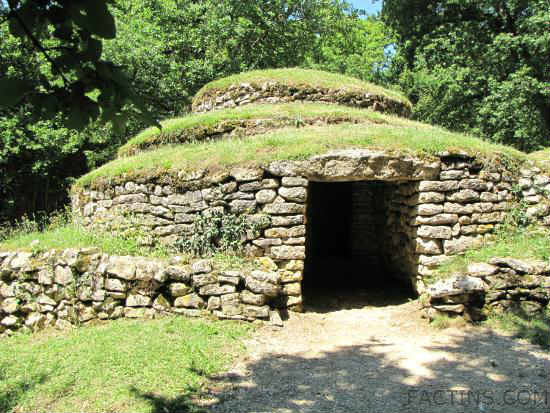
Dating from 4,700 B.C., the Bougon necropolis consists of six tumuli, circular or elongated monumental graves made of stone and earth. Built by Neolithic people who lived in the nearby village peoples.
These mounds are one of the oldest examples of funerary architecture in the world.
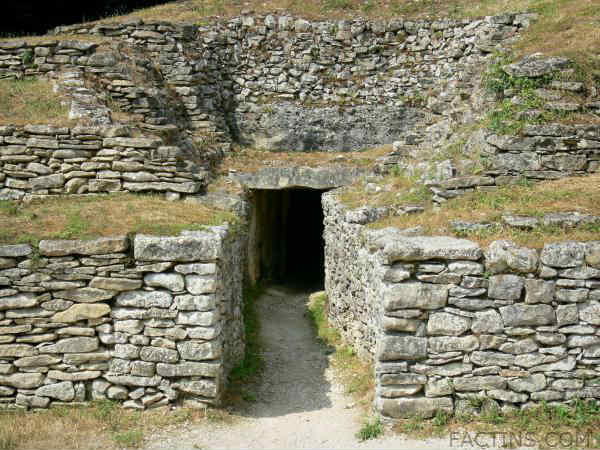
Among these constructions, tumulus F stands out as the biggest in the necropolis, at 72 meters in length. Tumulus A has a large sepulchral chamber inside.
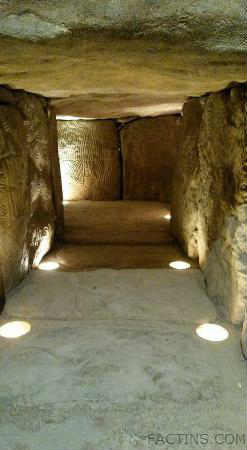
A botanical garden and fun maze are a great way to round off your visit to this important megalithic site.


As early as 1840, Neolithic grave mounds or tumuli were excavated near Bougon leading to what at present is a museum about life and death in the Neolithic Age and beyond. The museum is built around the remains of an old monastery but has a modern look and interior.
Tumulus A :
It has a diameter of 42 m and a maximum height of 5 m. Its large rectangular chamber (7.8 x 5 m, 2.25 m high) lies its center. There is evidence that the passage was still used by the 3rd millennium BC. The chamber’s walls contain artificially shaped orthostats, the gaps were filled with dry stone walling. The chamber is covered by a capstone which weighs 90 tons.
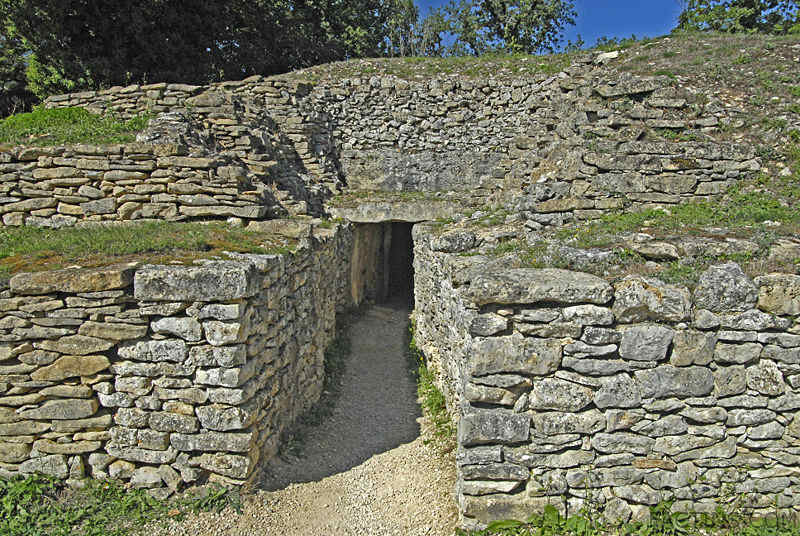
During its excavation in 1840, about 200 skeletons were discovered in three layers, separated by stone slabs.
The vague reports of that early excavation prevent any detailed chronological analysis. Accompanying finds included flat-bottomed and round-bottomed pottery, beads, pierced teeth, chains of seashells and stone tools, including a diorite mace.
Many recent excavations showed that the grave was abandoned shortly after its construction. The passage had been blocked with a large stone slab.
Tumulus B :
Tumulus B is a long mound, 36 m long and 8 m wide. It has four chambers. Two of them are very small cists, with no access passage.
The mound’s west part has two larger rectangular chambers, each accessible via a passage from the south.

The chamber B1 is a small square structure, built from monolithic slabs. Such constructions are known as dolmen angoumoisin. A 2.2 m long passage leads to a chamber of 2 by 1.5 m, built simply from four wall slabs.
One of them has a hook carved out of its side. A fifth slab covers the chamber. Little archaeological material was found in it, probably because it had been cleared and reused in the 3rd millennium BC.
Tumulus C: This circular earthen mound with a diameter of 57 m and a height of 5 m is a complex structure. It reached its final shape through several phases. The mound covers two earlier monuments.

The earlier mound had a diameter of 24 m and a height of 4 m. It contained a small off-center chamber (2 by 1.45 m), accessible by a passage from the west. Six slabs formed its floor. It contained four skeletons (including an old woman), as well as pottery and flint tools.
Tumulus D :
A 35 m long and 2 m tall dry-stone wall subdivides the Bougon complex in two zones, separating Tumuli E and F from the rest of the site. Several finds, including a piece of wood, proved the Neolithic date of this feature, unparalleled among the megalithic monuments of France.
Tumulus E: This mound is 22 m long and 10 m wide, has two chambers accessible by near-central passages from the east. Originally, the chambers were contained in separate circular mounds.
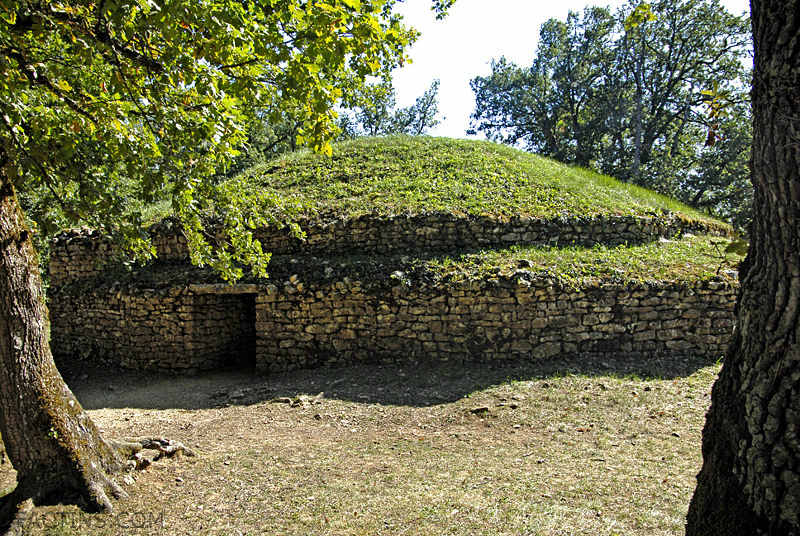
Tumulus F: This trapezoidal mound is 72 m long, 16 m wide, is the largest monument of the Bougon complex. Its west end abitted a pit that has been filled in since prehistory. The pit was the source of the material of which the mound (3 m high) was built. The mound contains two chambers, one at each end. Between them are seven different chamber – less structures.

Champer 1 mound containing a circular structure of 2.5 m in diameter. It lies within a triple concentric drystone facade and is covered with a corbelled vault.
Inspirational Tumulus of Bougon Fact:
This monument was built in the first half of the 5th millennium BC and reused in the 3rd millennium BC. Its age is 6000 years. It is marked as one of the oldest examples of monumental architecture in Atlantic France.

